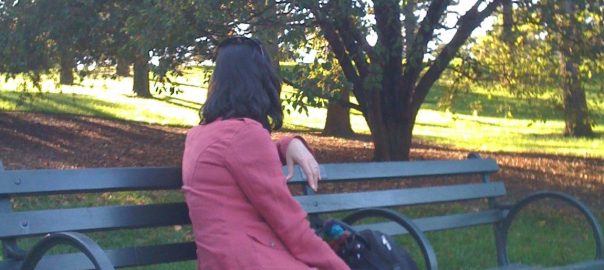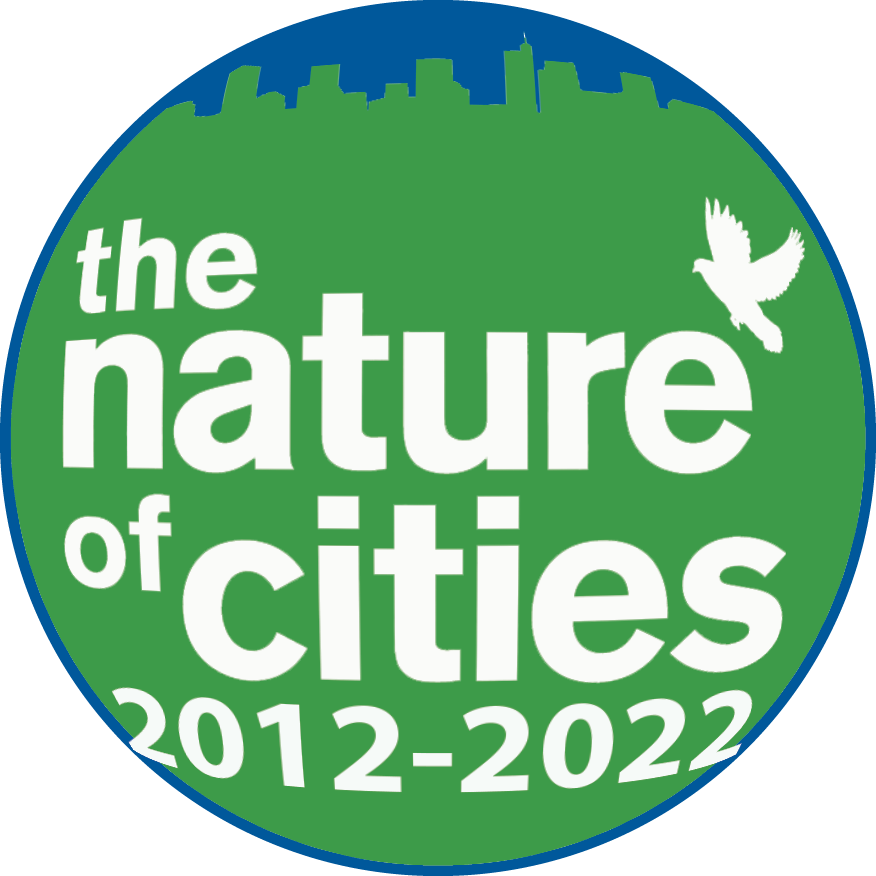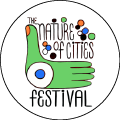25 January 2015
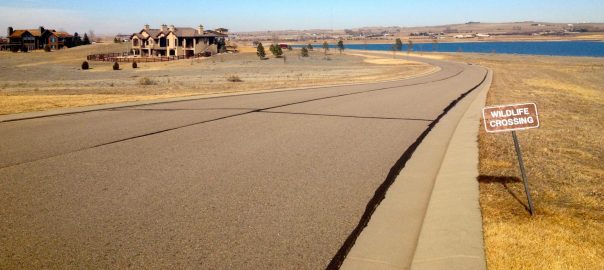
Recently, a popular concept called conservation development (CD) has gained traction in many planning and design fields. CDs typically are developments where homes are clustered on small lots with the remaining areas conserved as open space, as opposed to traditional development, where homes are spread out, fragmenting the original natural...
2 Comment(s)Join our Conversation
21 January 2015
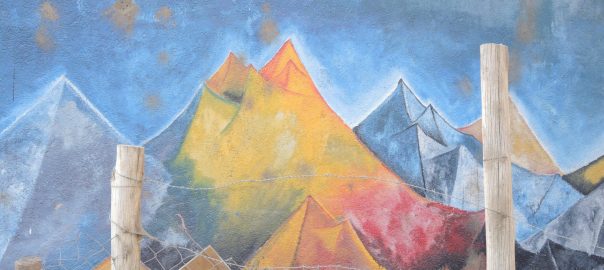
Measures taken in cities to improve their adaptation to drought and for carbon sequestration are usually based on general standards to reduce water consumption and greenhouse gas emissions and/or to reach an efficient use of water and energy. Normally, these proposals are introduced using ‘globalized’ technologies, which are applied everywhere...
0 Comment(s)Join our Conversation
18 January 2015
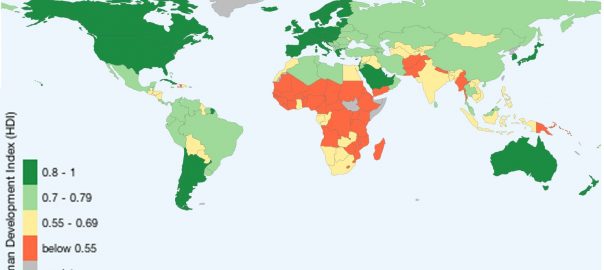
The year 2014 seemed a long year when it came a year ago but passed by very quickly giving way to another long New Year and fresh hope that the world would be prosperous. What does it mean for all the countries in the world to be Prosperous? It requires creating...
2 Comment(s)Join our Conversation
14 January 2015

Community gardeners and urban farmers across North America are using an innovative research toolkit developed in New York City to measure and track the impacts of their work. A small group of dedicated gardeners created the toolkit in mid-2013 as part of the Five Borough Farm initiative of the Design...
14 Comment(s)Join our Conversation
11 January 2015
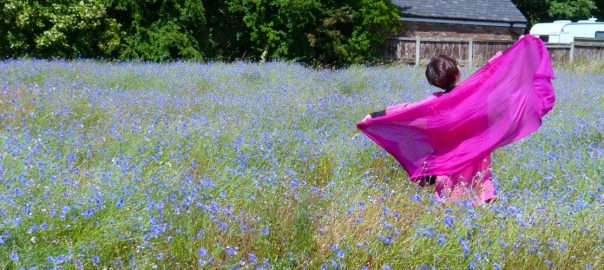
Land really is the best art. I think having land and not ruining it is the most beautiful art that anybody could ever want. —Andy Warhol The new year is a good time to look back before looking forward: this blog offers opportunity to take stock of 2014, which was...
1 Comment(s)Join our Conversation
9 January 2015
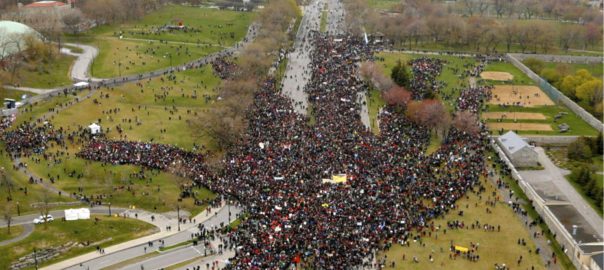
Also available at iTunes. Story notes: The Nature of Cities was invited to create a session at the 2014 Smart Cities Expo in Barcelona: “Participation and the Role of Green and Open Space in Cities”. This Episode is a back stage conversation among the panelists after the presentations. The session, led by...
1 Comment(s)Join our Conversation
9 January 2015
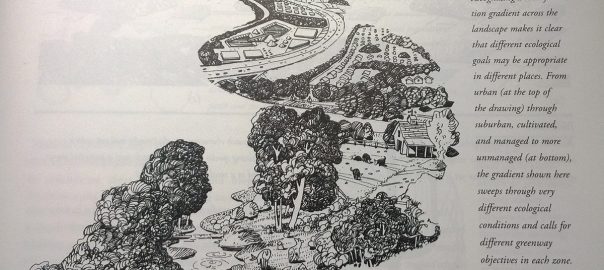
A review of Designing Greenways: Sustainable Landscapes for Nature and People (Second Edition), edited by Paul Cawood Hellmund and Daniel Somers Smith. 2006. ISBN 1-55963-325-5. Island Press, Washington. 270 pages. Greenways (GW)—from wide wild areas to narrow urban trails—are linear bands of land and water designed and managed for multiple purposes such as...
2 Comment(s)Join our Conversation
7 January 2015
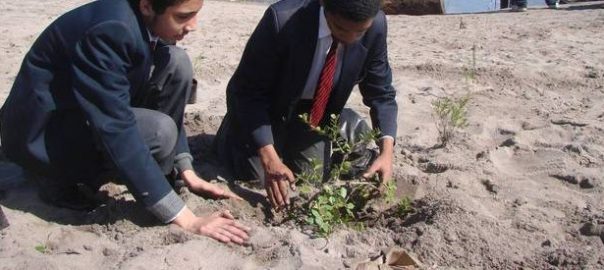
“Because then it becomes a beautiful self-driven machine. Nature driving people driving nature. Where the word is spread and the pride is shared and spread and it spills over (in the community). Everyone wants to feel proud of something that is on their doorstep“. —Kelvin Cochrane, baker and community-activist, Bottom...
2 Comment(s)Join our Conversation
6 January 2015
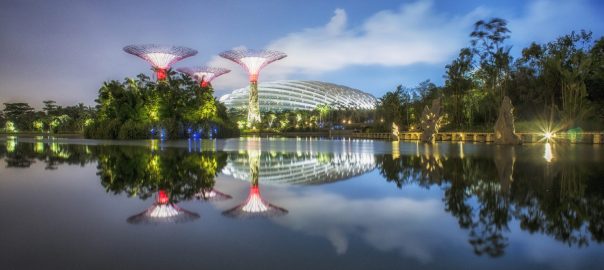
12 Comment(s)
Join our Conversation
3 January 2015
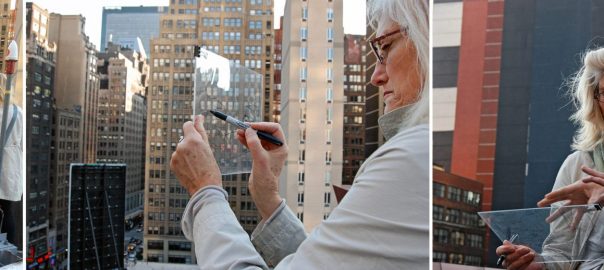
Small-scale urban spaces can be rich in biodiversity, contribute important ecological benefits for human mental and physical health (McPhearson et al., 2013), and overall help to create more livable cities. Micro_urban spaces are the sandwich spaces between buildings, rooftops, walls, curbs, sidewalk cracks, and other small-scale urban spaces that exist in...
6 Comment(s)Join our Conversation
31 December 2014

It’s been a great year at The Nature of Cities. The number of contributors has grown to almost 170, and we published 100+ blogs, long-form essays, and global roundtables. Most important, we’ve attracted more and more readers: in 2015 we had 170,000+ visits from 2,812 cities in 140 countries. Thank...
0 Comment(s)Join our Conversation
21 December 2014

Forget the damned motor car and build cities for lovers and friends. —Lewis Mumford, My Works and Days (1979) Humanity managed for the better part of 400,000 years without cars and did just fine. Julius Caesar, Michelangelo, William Shakespeare, Adam Smith, and Abraham Lincoln lived in cities and never drove...
0 Comment(s)Join our Conversation
17 December 2014
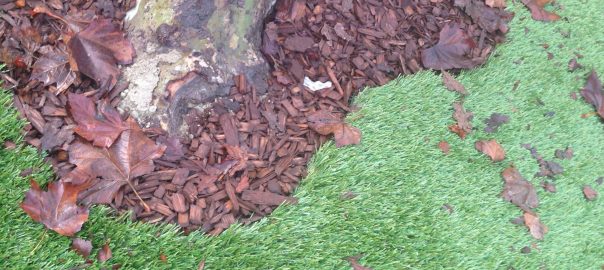
We are not in the Age of Aquarius that had brought—to some of us—radical hope about societal change and a turn toward ecology, steady state growth, and different GDP metrics, including happiness. The age was about love, unity, integrity, sympathy, harmony, understanding and trust. The Age of Aquarius was about...
2 Comment(s)Join our Conversation
14 December 2014

September 2014 marked the 50th anniversary of the signing into United States law of the Wilderness Act. A watershed act and a cornerstone of contemporary environmentalism, it put into place new and important safeguards on the protection and development of some of the nation’s most impressive wild areas. As we...
1 Comment(s)Join our Conversation
10 December 2014
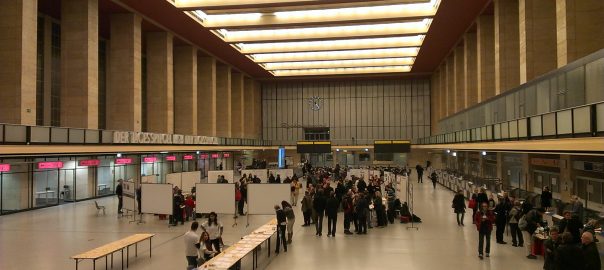
On a Friday night at the end of November 2014, nearly 200 people arrived in the departures zone of Berlin’s former Tempelhof Airport for five hours of presentations, working groups and community-led exhibitions. A projection screen stood on the baggage carousel, and former glass-walled airport offices held bulletin boards and...
3 Comment(s)Join our Conversation
7 December 2014
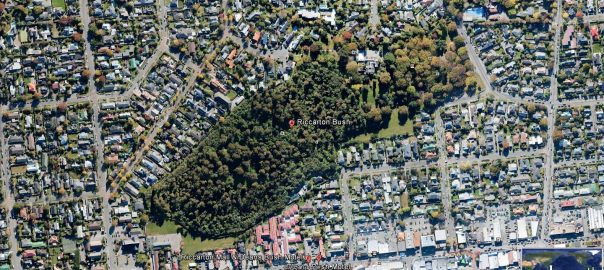
Remnants of indigenous vegetation in urban and rural areas often are the only remaining examples of ecosystems that were once more extensive before human settlement. They are therefore vital for preserving and promoting biodiversity. Remnant vegetation also serves as a refuge for indigenous plants, fungi and animals that would not...
5 Comment(s)Join our Conversation
4 December 2014
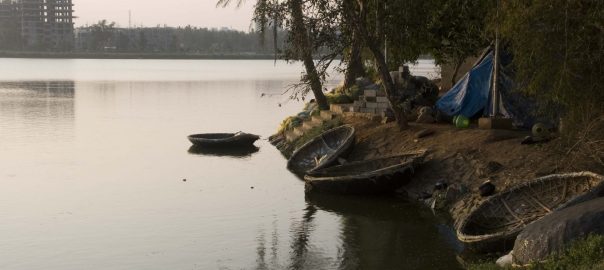
31 Comment(s)
Join our Conversation
3 December 2014
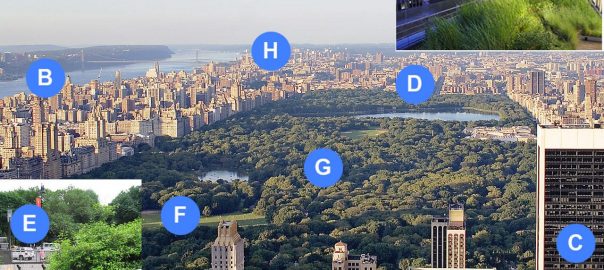
Microbes play a key role in the function of ecosystems. They contribute to biodiversity (Fierer et al. 2012), nutrient cycling (Fenchel et al. 2012), pollutant detoxification (Kolvenbach et al. 2014), and human health (Gevers et al. 2012). Since they control the composition of the gases in the atmosphere, they also...
2 Comment(s)Join our Conversation
30 November 2014
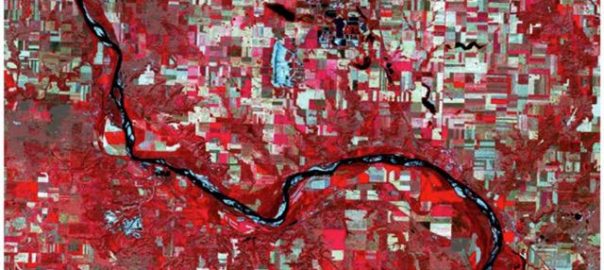
I write this piece from my recent experiences with young and early career researchers at my University of Makerere in Kampala. It is a graduate conference organized by the College of Agricultural and Environmental Sciences and among students are those from the School of Forestry, Environmental and Geographical Sciences, with...
2 Comment(s)Join our Conversation
23 November 2014
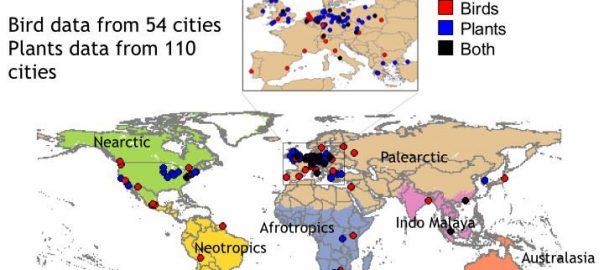
What are the global patterns of biodiversity the world’s cities? Are urban spaces biologically homogeneous and depauperate, or do they harbor significant native biodiversity? These are the questions of a collaborative study of biodiversity in the world’s cities. For several years researchers and practitioners have thought that cities may be...
1 Comment(s)Join our Conversation

